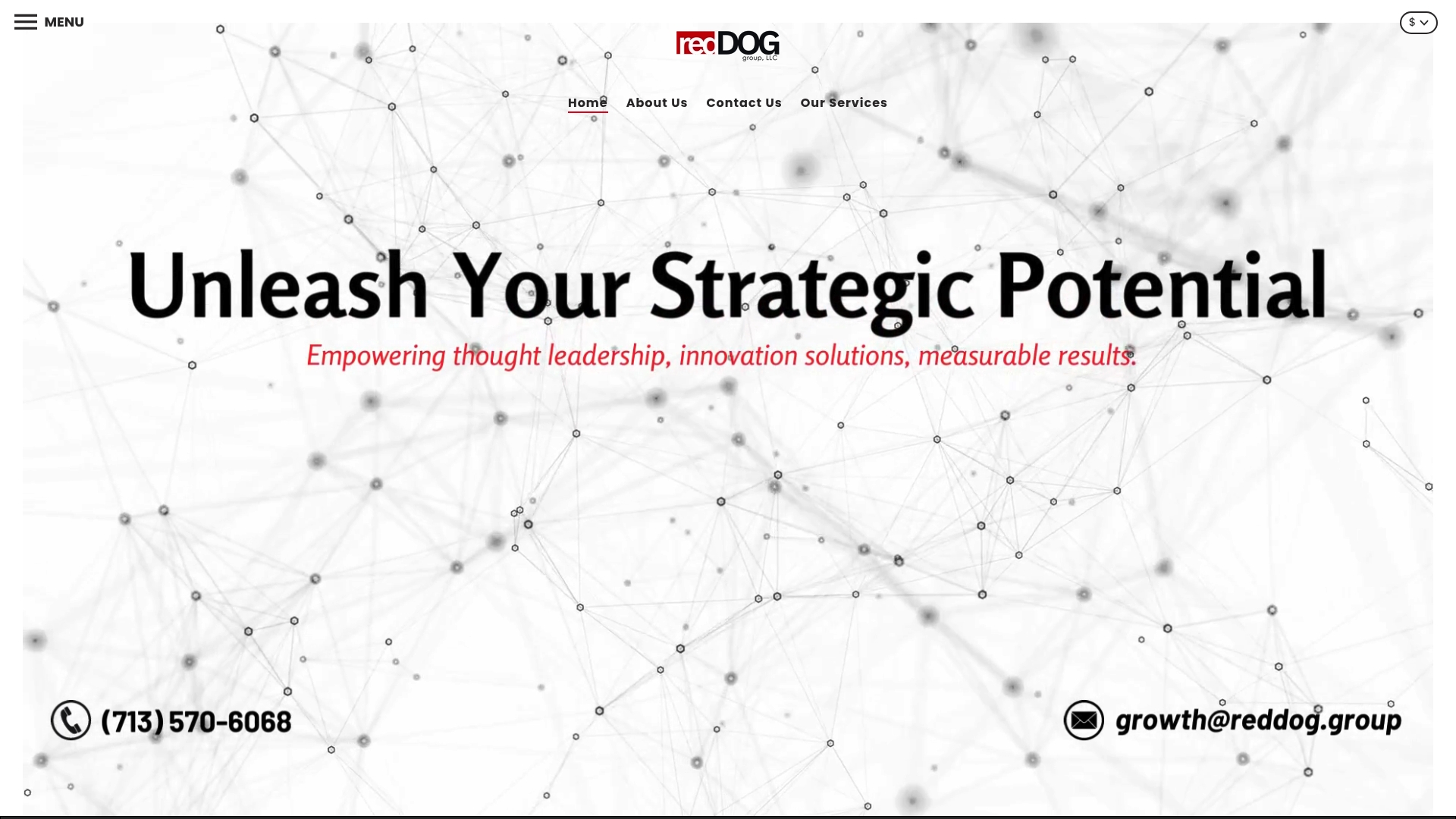
How to Start Omnichannel Sales for Retail Success
Posted on
Shoppers who interact with brands across multiple channels spend up to 30 percent more than those who use just one. Today’s customers expect to move smoothly between online stores, social platforms, and physical shops without missing a beat. Giving buyers a seamless journey requires careful planning and constant attention. By choosing the right paths and keeping every detail in sync, you can build loyalty, outpace competitors, and turn browsers into lifelong fans.
Table of Contents
- Step 1: Define Your Target Sales Channels And Audiences
- Step 2: Integrate Systems For Seamless Inventory And Orders
- Step 3: Optimize Product Listings Across All Platforms
- Step 4: Launch Coordinated Marketing Campaigns
- Step 5: Monitor Performance And Refine Your Strategy
Quick Summary
| Key Point | Explanation |
|---|---|
| 1. Analyze target sales channels | Identify 2-3 key platforms where your customers prefer to shop to optimize engagement. |
| 2. Integrate inventory systems | Use an integrated inventory management platform for seamless tracking across all sales channels. |
| 3. Optimize product listings consistently | Ensure uniform product descriptions and visuals across channels to enhance customer experience. |
| 4. Launch coordinated marketing campaigns | Maintain a consistent brand message across all platforms to strengthen customer connections. |
| 5. Monitor performance regularly | Continuously analyze and adjust strategies based on sales and engagement metrics for improvement. |
Step 1: Define your target sales channels and audiences
Starting your omnichannel sales strategy begins with understanding exactly where and how your customers want to shop. According to research from EiCom, omnichannel is about creating a seamless shopping experience across multiple platforms.
Your first task is mapping out potential sales channels your target audience uses. This typically includes online marketplaces, social media platforms, ecommerce websites, physical retail stores, and telephone sales. Research from NCU confirms that customers want flexibility to purchase through any convenient mode.
To define your target channels effectively, consider these strategic steps:
- Analyze your current customer demographics
- Research which platforms they frequently use
- Evaluate the purchasing behavior of your specific market segment
- Understand the devices and technologies your audience prefers
Dont spread yourself too thin. Select 2-3 channels where your target customers are most active and engaged. Quality of presence matters more than quantity.
Here’s a comparison of common sales channels and their typical audience characteristics:
| Sales Channel | Typical Audience | Key Benefits |
|---|---|---|
| Ecommerce Website | Online shoppers Brand loyalists |
Full control Brand building |
| Online Marketplace | Bargain seekers Wide audience |
Large reach Easy setup |
| Social Media | Younger demographics Impulse buyers |
Engaging Viral potential |
| Physical Retail | Local shoppers Traditional buyers |
In-person experience Immediate pickup |
| Telephone Sales | Older demographics B2B customers |
Personalized support Relationship building |
Pro Tip: Use customer surveys and analytics tools to gain precise insights about your audience’s preferred shopping channels.
By carefully selecting and understanding your target sales channels, youre setting the foundation for a successful omnichannel strategy that meets customers exactly where they are.
Step 2: Integrate systems for seamless inventory and orders
Successfully integrating your sales and inventory systems is crucial for creating a smooth omnichannel experience. According to research from IMRG, omnichannel strategies enable convenient services like buy online, pick up in-store (BOPIS) that enhance customer satisfaction.
To create a frictionless system, start by selecting an integrated inventory management platform that connects all your sales channels. This means your stock levels will update automatically whether a sale happens online, in-store, or through a marketplace. As Wharton notes, building an omnichannel network can be challenging but is essential for meeting consumer demands.
Key integration steps include:
- Synchronize inventory across all platforms
- Implement real time tracking systems
- Choose software that supports multichannel selling
- Enable automatic stock level updates
Pro Tip: Invest in inventory management solutions that offer comprehensive workflow optimization to reduce manual tracking errors.
By creating a unified system that tracks inventory and orders seamlessly, youll provide a consistent shopping experience that meets modern customer expectations.

Step 3: Optimize product listings across all platforms
Optimizing your product listings is critical for success across multiple sales channels. According to research from EiCom, strong omnichannel strategies can significantly improve business efficiency and increase revenue opportunities.
Start by ensuring consistent product information across every platform. This means using identical product descriptions, high-quality images, pricing, and specifications whether youre selling on Amazon, your website, or social media marketplaces. Retailers with strong omnichannel strategies retain 89% of customers, compared to only 33% for those with weak approaches.
Key optimization strategies include:
- Create compelling, uniform product descriptions
- Use high resolution images from multiple angles
- Ensure accurate pricing and inventory information
- Optimize product titles with relevant keywords
- Include clear shipping and return policies
Pro Tip: Use marketplace product listing optimization techniques to maximize your visibility and conversion rates.
By maintaining consistent and engaging product listings across all platforms, youll create a seamless shopping experience that meets customer expectations and drives sales growth.

Step 4: Launch coordinated marketing campaigns
Launching coordinated marketing campaigns is about creating a unified brand experience across all channels. According to NCU research, retailers can leverage customer data to provide personalized recommendations and targeted advertisements based on browsing and purchase history.
Start by developing a comprehensive marketing strategy that maintains consistent messaging across every platform. EiCom notes that omnichannel approaches allow consumers to interact with your brand seamlessly, regardless of their preferred channel.
Key strategies for coordinated marketing include:
- Create a unified brand narrative
- Develop consistent visual branding
- Synchronize messaging across social media platforms
- Use customer data for targeted personalization
- Implement cross channel tracking and analytics
Pro Tip: Reference essential retail marketing strategies to refine your approach and maximize campaign effectiveness.
By delivering cohesive marketing experiences that recognize customers individual preferences and journey, youll build stronger connections and drive meaningful engagement across all sales channels.
Step 5: Monitor performance and refine your strategy
Continuous improvement is the cornerstone of successful omnichannel strategies. According to IMRG research, retailers can deliver exceptional customer experiences by consistently refining their approach to drive loyalty and boost profitability.
Wharton experts acknowledge that building an omnichannel network is challenging. Implementing a robust performance monitoring system helps you navigate these complexities and make data driven decisions.
Key performance monitoring strategies include:
- Track sales across all channels
- Analyze customer engagement metrics
- Review conversion rates by platform
- Identify channel specific customer behavior
- Measure return on investment for each channel
Pro Tip: Optimize your small business growth strategy by establishing clear performance benchmarks and regular review cycles.
By consistently analyzing your omnichannel performance and being willing to adapt, youll create a dynamic strategy that evolves with your customers needs and market trends.
Master Your Omnichannel Sales Journey with Expert Guidance
Launching a successful omnichannel retail strategy can feel complex. You want to connect with your customers wherever they shop, keep your inventory perfectly synchronized, and deliver a seamless brand experience that drives real growth. If you are striving to optimize product listings, coordinate marketing efforts, and monitor performance effectively, knowing where to turn for hands-on support is key.
Discover tailored solutions that help small and medium businesses navigate these challenges at Digital & Business Consulting Services by Reddog Consulting.

Take the next step towards omnichannel mastery and unlock your retail success. Visit Reddog Group today to explore our proven strategies and comprehensive services. Whether you are managing multiple sales channels or enhancing your marketplace presence, our expertise can help turn your ambitions into measurable results. Start building a unified customer experience now and watch your brand thrive across every platform. Check out our Home page to learn more.
Frequently Asked Questions
How do I define my target sales channels for an omnichannel strategy?
To define your target sales channels, analyze your current customer demographics and research which platforms they frequent. Start by identifying 2-3 channels where your audience is most active to build a focused approach.
What steps should I take to integrate my inventory systems for omnichannel sales?
Begin by selecting an integrated inventory management platform that connects all sales channels. Synchronize inventory across all platforms and implement real-time tracking to ensure your stock levels update automatically after every sale.
How can I optimize product listings for multiple sales channels?
Optimize product listings by ensuring consistent information like descriptions, images, and pricing across all platforms. Create compelling and uniform product descriptions, and include high-resolution images to enhance visibility and attract customers.
What are effective strategies for launching coordinated marketing campaigns?
Develop a comprehensive marketing strategy that maintains consistent messaging across channels. Create a unified brand narrative and use customer data to provide personalized advertisements, ensuring a seamless brand experience across all touchpoints.
How do I monitor performance and refine my omnichannel strategy?
Monitor your performance by tracking sales across channels and analyzing customer engagement metrics. Establish clear performance benchmarks and conduct regular reviews to identify areas for improvement, adjusting your strategy to better meet customer needs.
Recommended
- How to Boost Omnichannel Sales for Retail Success
- Understanding Why Build Omnichannel Presence for Growth
- 7 Types of Omnichannel Strategies for Retail Growth
- Omnichannel Retail Strategy Guide: Boost Your Sales
- 10 Ecommerce Tips to Elevate Your Online Store in 2025 - ApusNest Blog | ApusNest
- Endless Aisle: Revolutionizing Retail with Omnichannel Shopping
Leave a comment: